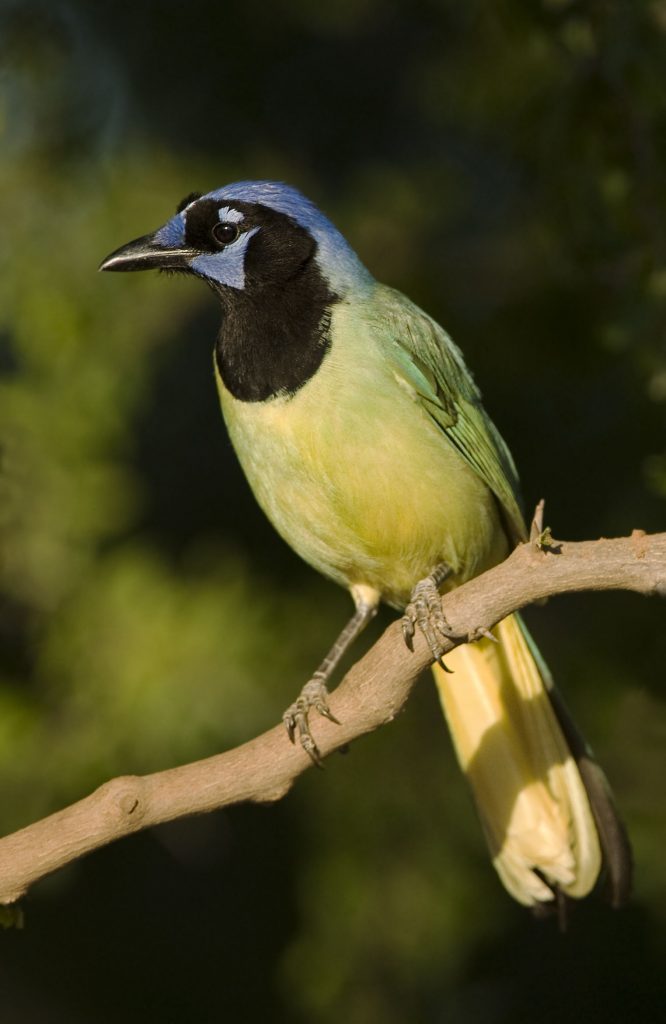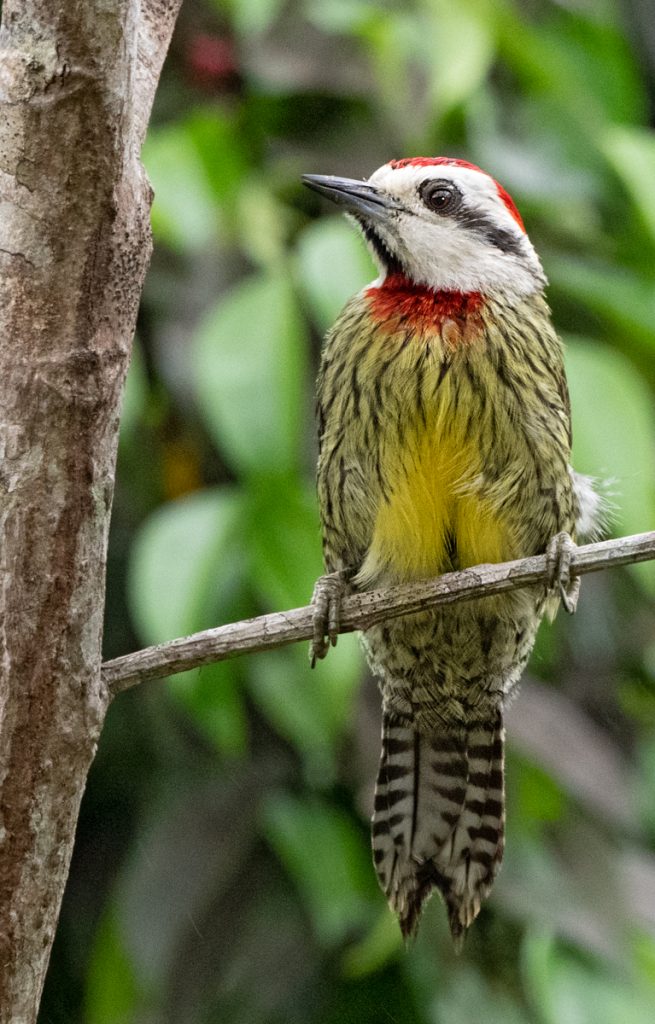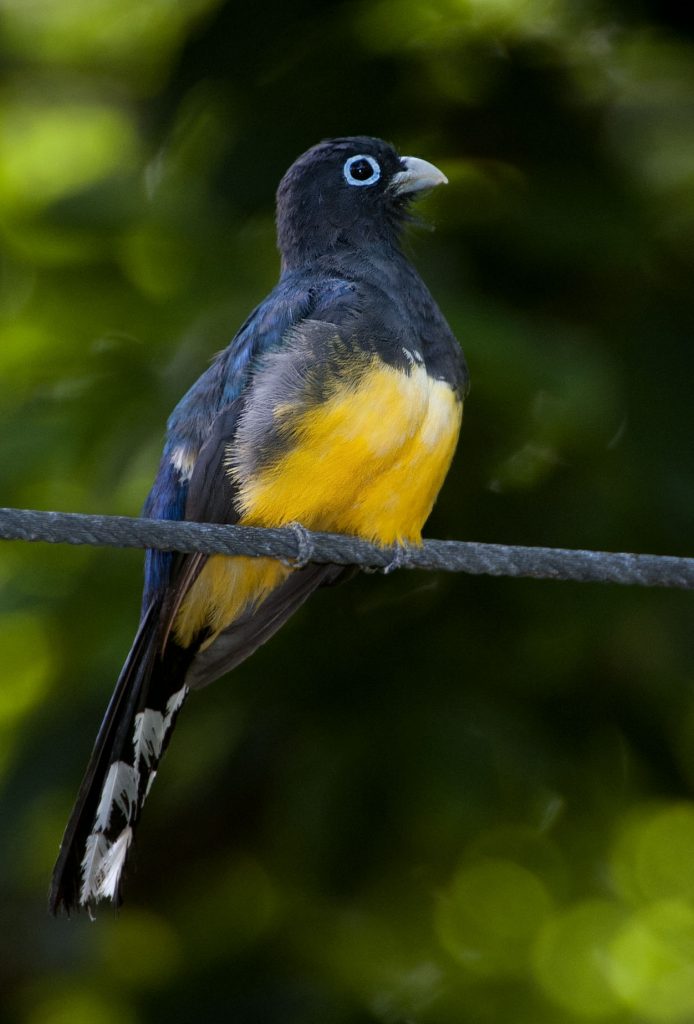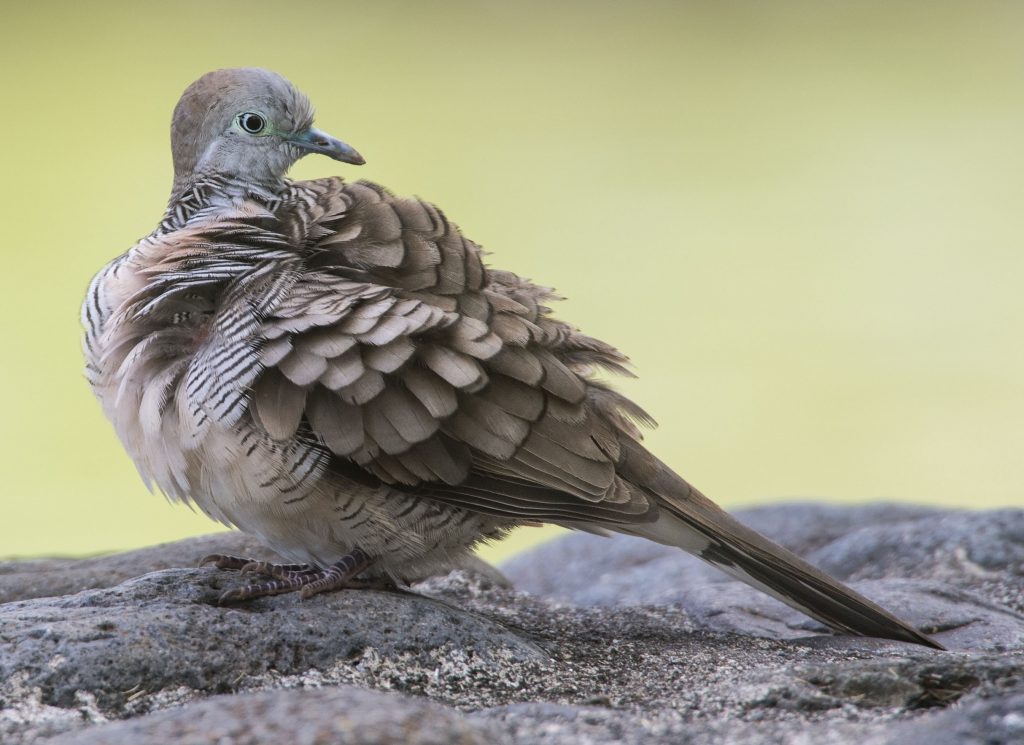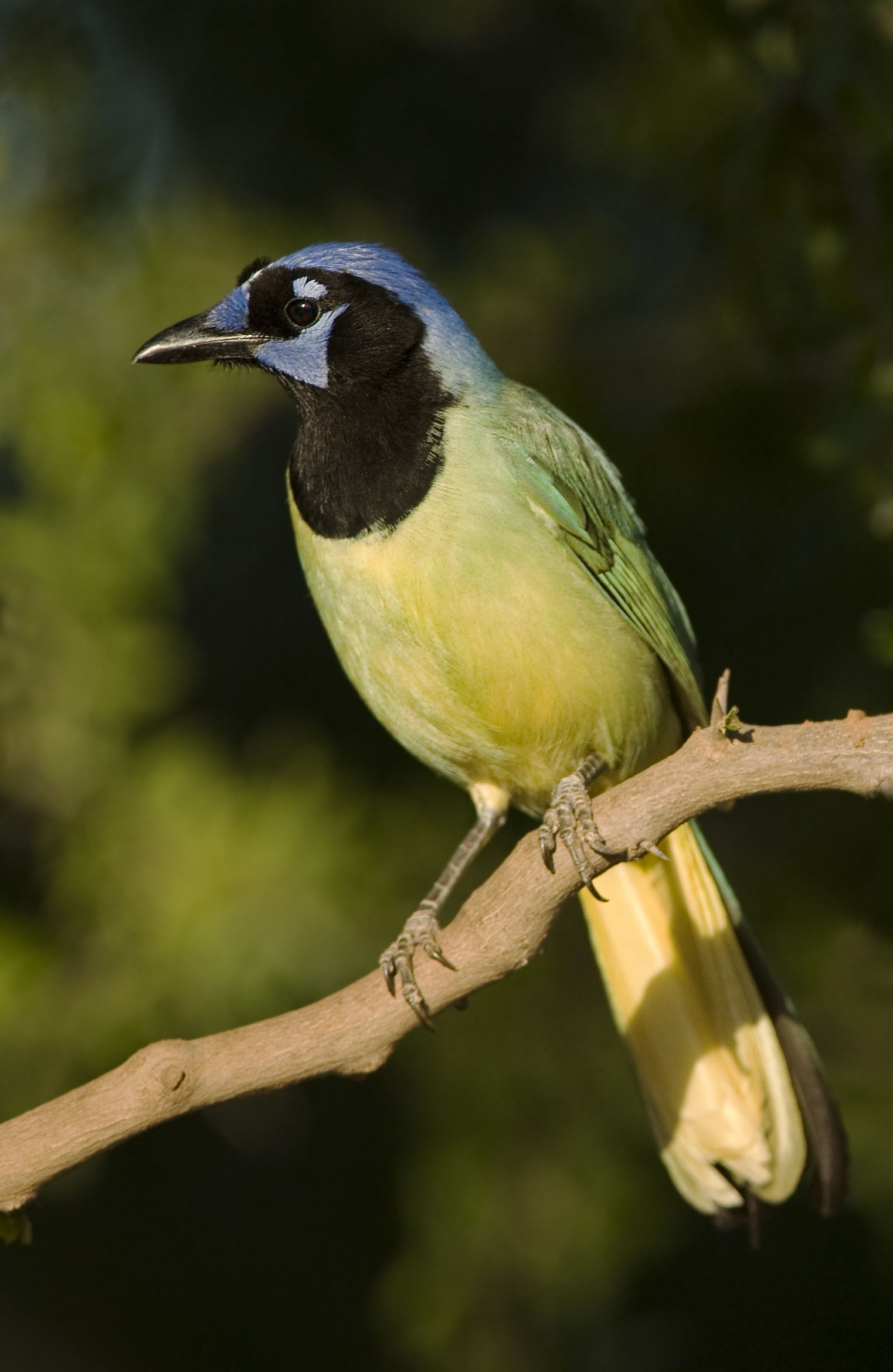
Taxonomy, the classification of species into related families and groupings, is more than just a list of tricky-to-pronounce Latin and Greek names. By learning a little bit about taxonomy, birders and bird-lovers alike can actually learn a great deal about their favorite birds.
The Language of Taxonomy
Scientific bird names – Turdus migratorius, Cyanocitta cristata, Ardea alba – are comprised of Latin, Greek, and occasional honorific names, such as who first discovered the bird or a well-known figure in ornithology. Latin was originally chosen for taxonomic naming because it is a “dead” language, one that is not in common, everyday use, and many Greek names are also used with similar logic. This ensures that taxonomic names of birds and other creatures cannot be confused.
Of course, bird names are confusing enough. If I saw or photographed a woodpecker, for example, which one did I see? There are more than 190 species of birds called woodpeckers throughout the world, but only one Cuban green woodpecker (Xiphidiopicus percussus).
What Taxonomy Really Means
When we look closer at bird taxonomy, we learn more. You might never have heard of the Black-headed Trogon, for example, but you probably have heard of Trogons as a group of tropical birds. When you hear the name Trogon melanocephalus in the bird family Trogonidae, you can immediately associate this bird as a Trogon. “Melanocephalus” can be broken down into “melano” and “cephalus” which literally translates as “black head” from ancient Greek, and there’s no mistaking which bird it is.
Not every bird name is easily translated, however, but every scientific name offers clues about the bird. The Corvidae bird taxonomic family, for example, includes all the corvids, such as crows, jays, magpies, ravens, and nutcrackers. As you get familiar with different bird families – Columbidae (doves and pigeons), Ardeidae (herons), Picidae (woodpeckers), Trochilidae (hummingbirds) and so on, you can quickly see which birds are more closely related than others.
As you learn those relationships, you’ll also learn what behaviors to expect from different birds, what foods they prefer, and what habitats you’re likely to find them in. Each of those traits can help you better find, identify, and enjoy birds in the field, whether you’re looking at them through binoculars or a camera lens.



